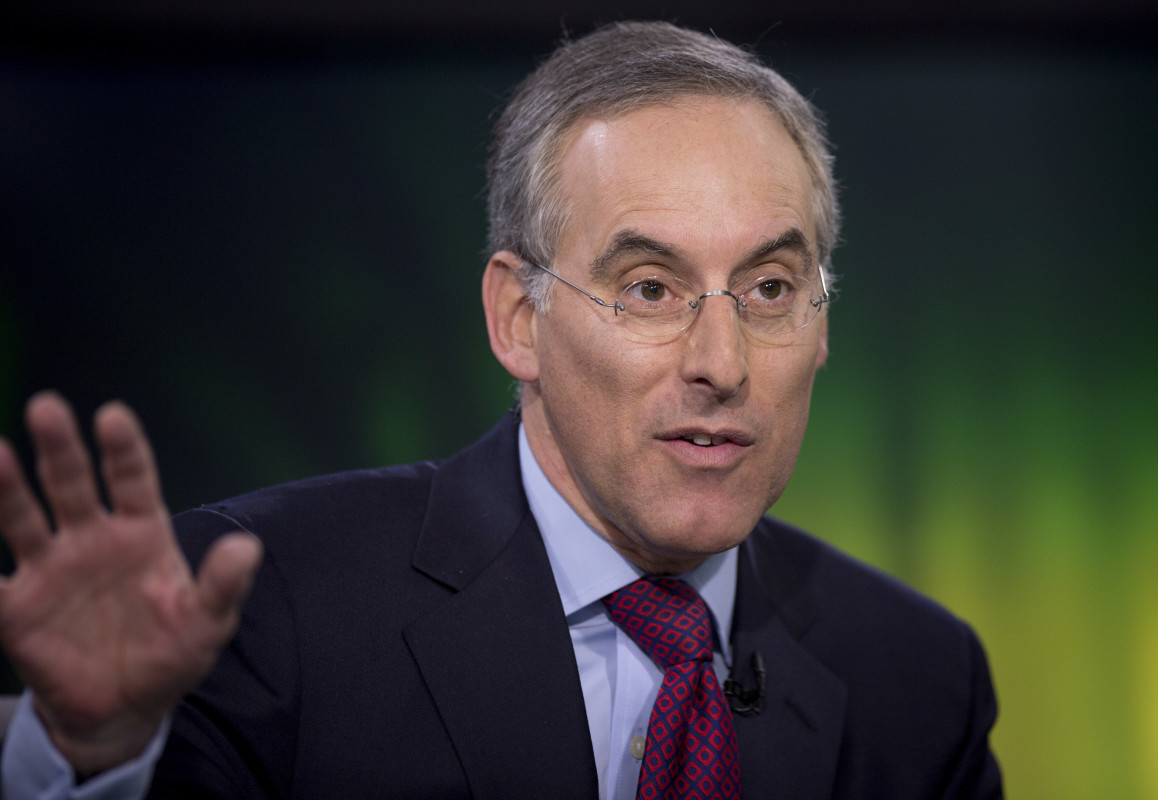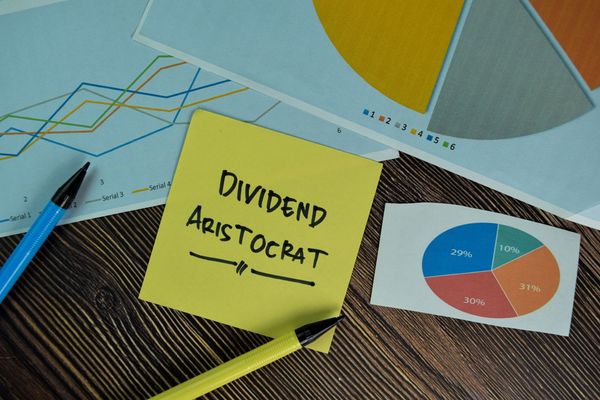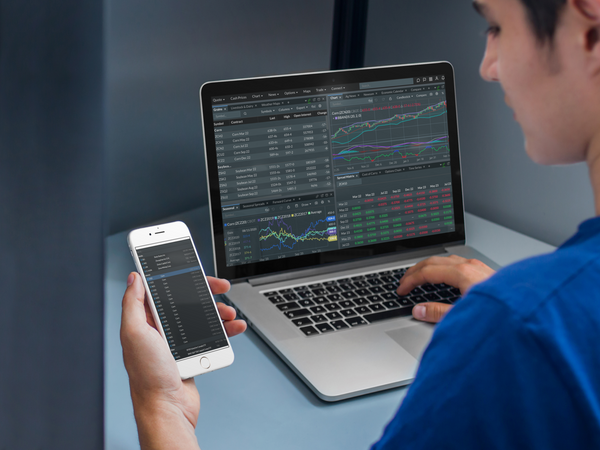
Whither stocks?
That is the question investors are asking, as the S&P 500 index stands little changed since hitting a record close of 5,254 on March 28. Since then the market has slipped and then rebounded, sitting at 5,222 Monday, just 0.6% below the March peak.
In 2024 to date the S&P 500 has climbed 9%. At the beginning of the year, stocks benefited from expectations that the Federal Reserve would make major interest-rate cuts. But sticky inflation and a resilient economy have dashed those expectations.
Related: Single Best Trade: Wall Street veteran picks Palantir stock
Now bullish investors are focusing on earnings. With 92% of S&P 500 companies having reported first-quarter earnings, a blend of their results and analyst forecasts for the remaining companies shows a profit increase of 5.4% from a year ago, according to FactSet.
It that number holds, it would be the biggest gain in almost two years.
The artificial-intelligence mania also has boosted stocks. For example, semiconductor titan Nvidia (NVDA) , the dominant maker of graphics processing units for AI activity, has seen its stock soar 83% so far this year.

Stocks have lofty valuations
But there are cracks in the market, and valuation is one. As of May 10 the forward price-earnings multiple for the S&P 500 was 20.4, above the five-year average of 19.1 and the 10-year average of 17.8.
To be sure, bulls argue that adjusted for high interest rates, valuations really aren’t very high. Time will tell.
Another dark cloud is the market’s reaction to stronger- and weaker-than-expected earnings.
S&P 500 companies that reported positive first-quarter earnings surprises have enjoyed an average stock price gain of 0.9%, according to FactSet.
Related: Are stocks overvalued? Here's what the key numbers say
The time period for that is from two days before the earnings release through two days after the release. The first-quarter increase trails the five-year average of 1%
Meanwhile, companies that reported negative first-quarter earnings surprises suffered a stock-price decline of 2.8% in the four-day period. That exceeds the five-year average of 2.3%.
Another possible hangup for stocks is the Federal Reserve’s reluctance to cut interest rates. Early in the year, investors expected as many as seven rate cuts this year, but now the view is down to two or fewer.
Low rates lift the market by stimulating economic activity and making stock returns more attractive versus bonds.
The Goldman Sachs view of stocks
Goldman Sachs Chief U.S. Equity Strategist David Kostin sees “no return” coming for stocks in the remainder of the year, MarketWatch reports.
Related: Stocks on inflation watch as S&P 500 tests record
At an investment conference last week, he predicted the S&P 500 would end the year at 5,200. That’s less than 1% below the May 13 level.
Kostin is one who is worried about valuations. Investors now assume an economic-growth rate faster than the current 3% pace, he said.
Growth stocks are especially expensive, he said. The Russell 1000 Growth index has climbed 36% in the past 12 months, doubling the Russell 1000 Value index.
Big growth technology stocks such as Alphabet (GOOG) , Meta Platforms (META) , Microsoft (MSFT) , Nvidia and Amazon (AMZN) have led the market higher during that period.
When it comes to AI, the market’s expected winners will likely expand revenue more slowly than investors expect, Kostin said.
His year-end forecast for the S&P 500 isn’t too far from the 5,170 median prediction of 21 strategists surveyed by Bloomberg.
More Wall Street Analysts:
- Analyst unveils new Nike price target ahead of big summer for sports
- Analysts weigh in on Google-parent Alphabet’s stock after cloud event
- Analysts revamp Disney stock price target after proxy fight
But you should take strategists’ projections with a grain of salt, Bloomberg columnist Jonathan Levin argues.
In this century, there have been six other years, around this time on the calendar, when strategists anticipated slight or negative returns for the index through year-end, he wrote. The market outdid the forecast every time, returning at least 12% in five of the six years.
So what’s an investor to do? The best solution for most of us is to keep a diversified portfolio through thick and thin, making only modest periodic changes.
Related: Veteran fund manager picks favorite stocks for 2024
The author owns shares of Alphabet, Amazon, Meta and Microsoft.










